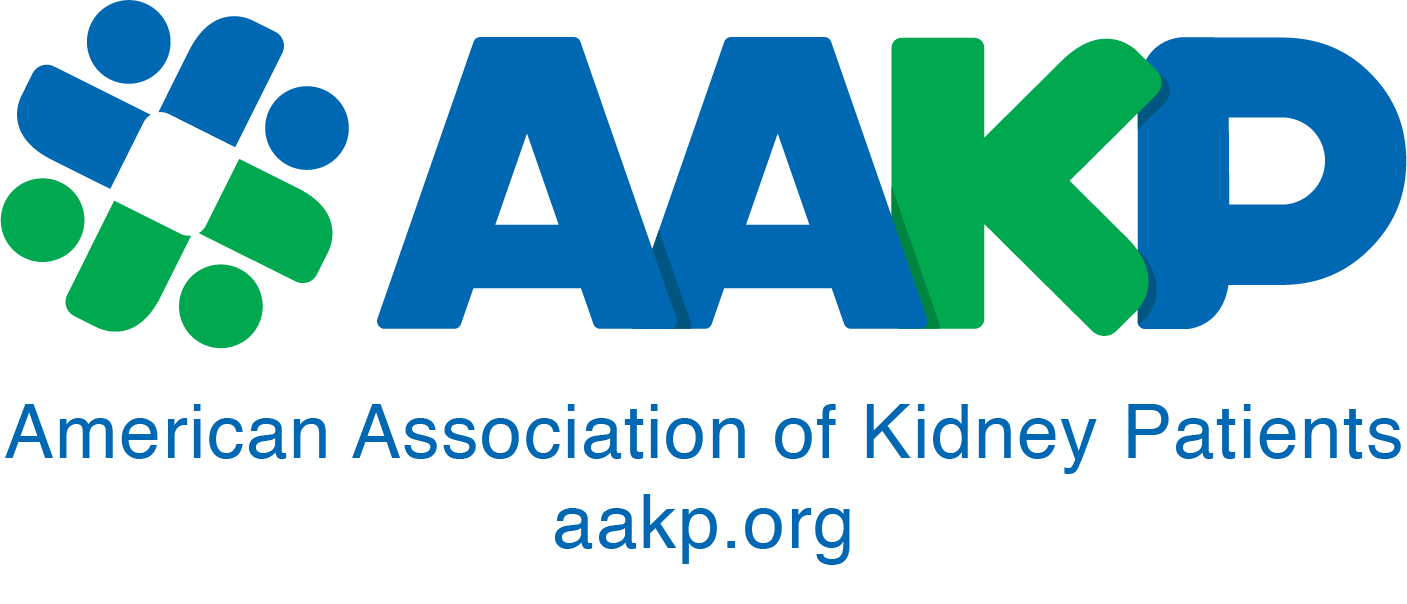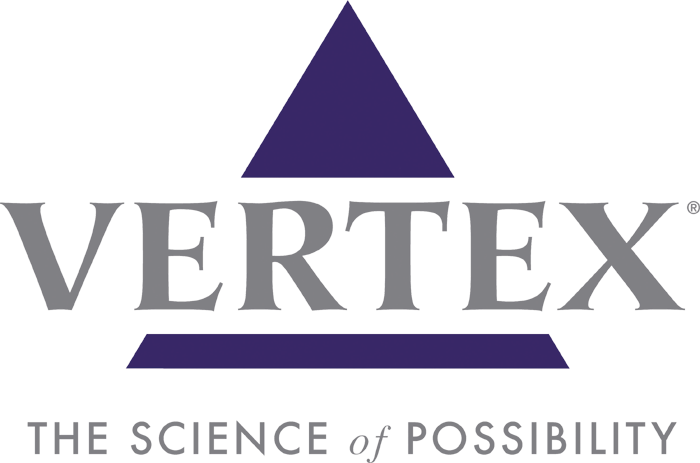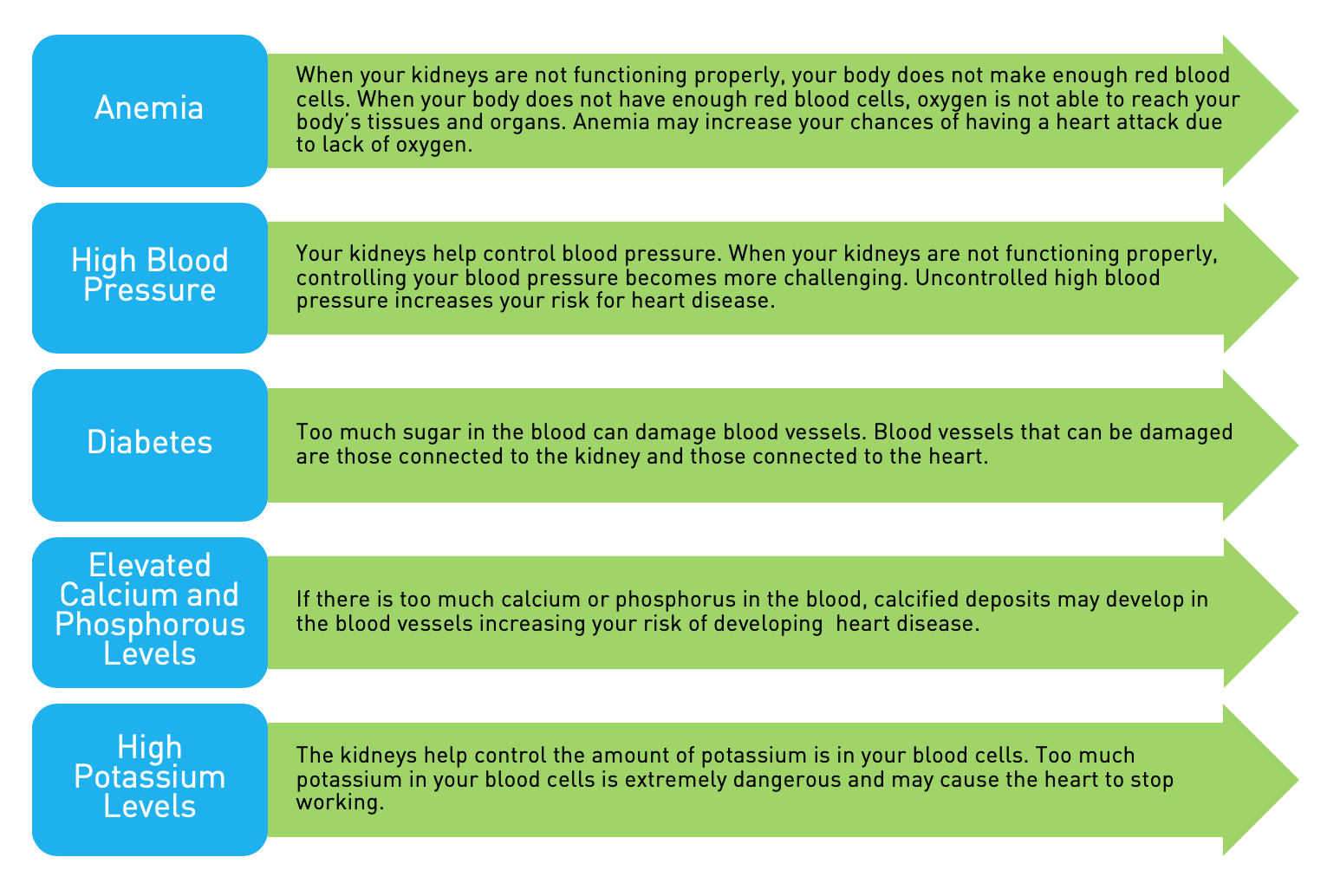Healthcare is full of medical terms and industry-speak that most of us have a hard time understanding. Without knowing the basics, it’s hard to understand how things work. Here are some key terms you should know as you navigate the world of home dialysis.
Arteriovenous Fistula (AV fistula) – A surgeon creates an arteriovenous fistula by making a connection between an artery (which carries blood away from the heart) and a vein (which carries blood back to the heart). This artificial connection allows the vein to become larger and for the walls of the vein to thicken, a process termed maturation. A mature fistula makes it easier for the vein to be punctured repeatedly for dialysis.
Buttonhole Technique – Another technique for inserting needles into native AV fistulae. Buttonhole technique is a cannulation method where a patient cannulates the method where an individual cannulates the AV Fistula in the exact same spot, at the exact same angle and depth of penetration every time.
Care Partner – Someone chosen by a patient to be involved in his or her health care experience, staying overnight with the patient if needed. The Care Partner may be a spouse, significant other, family member or friend.
Continuous Ambulatory Peritoneal Dialysis (CAPD) – A type of dialysis that you can do by yourself and doesn’t require any machines. Sterile plastic tubing and a bag containing about two quarts of dialysate are attached to the catheter. The bag is raised above the shoulder and a clamp on the tube is released. Gravity causes the dialysate to slowly flow into the abdomen, where it comes in contact with the peritoneum.
Continuous Cycling Peritoneal Dialysis (CCPD) – CCPD can be done alone or with a partner. Like CAPD, it uses the peritoneum as a filter. Unlike CAPD, it involves the use of a machine, called a cycler.
Dialysate – One of the two fluids used in dialysis. The other fluid being blood. Its main function is to remove waste material from the blood and to keep useful material from leaving the blood. Electrolytes and water are some materials included in the dialysate so that their level in the blood can be controlled.
Dwell Time – The period the dialysis solution is in your abdomen is called the dwell time. A typical schedule calls for four exchanges a day, each with a dwell time of 4 to 6 hours. Different types of PD have different schedules of daily exchanges.
Exit Site – The place where your peritoneal dialysis catheter comes out of the skin.
Home hemodialysis (HHD) – Dialysis is the most common treatment for patients with advanced kidney failure. The function of dialysis is to help your body by filtering out waste and excess fluid the way your kidneys would if they were working properly. Home hemodialysis can offer you many advantages, including the ability to complete your treatments in the comfort of your own home. Home treatment offers you more flexibility.
The biggest advantage of home hemodialysis is a greater quality of life and control over your own treatments. Home hemodialysis, while still requiring a strict schedule, allows the patient a little more freedom and comfort.
Kt/V – Another way of measuring dialysis adequacy. In this measurement, K stands for the dialyzer clearance, the rate at which blood passes through the dialyzer, expressed in milliliters per minute (mL/min). T stands for time. Kt, the top part of the fraction, is clearance multiplied by time, representing the volume of fluid completely cleared of urea during a single treatment. V, the bottom part of the fraction, is the volume of water your body contains.
Peritoneal Dialysis (PD) – A way to remove waste products from your blood when your kidneys can no longer do the job adequately. During peritoneal dialysis, blood vessels in your abdominal lining (peritoneum) fill in for your kidneys, with the help of a fluid (dialysate) that flows into and out of the peritoneal space.
Peritoneal Dialysis Exchange – The draining and replacement of used dialysis solution.
Short daily home hemodialysis (HHD) – Short daily Home HD lasts approximately 1.5 to 3 hours and is performed about five to seven times per week. Because this treatment is performed more frequently, this type of therapy can help reduce symptoms like headaches, nausea, and cramping after treatment because less fluid is generally removed with each treatment.
Self-cannulation – A technique that allows patients on hemodialysis to place the needles into their own vascular access, a fistula, or graft for the purpose of hemodialysis dialysis needles into their vascular access.
Vascular Access – Provides reliable sites where the bloodstream can be easily accessed each time for the purpose of dialysis.
























